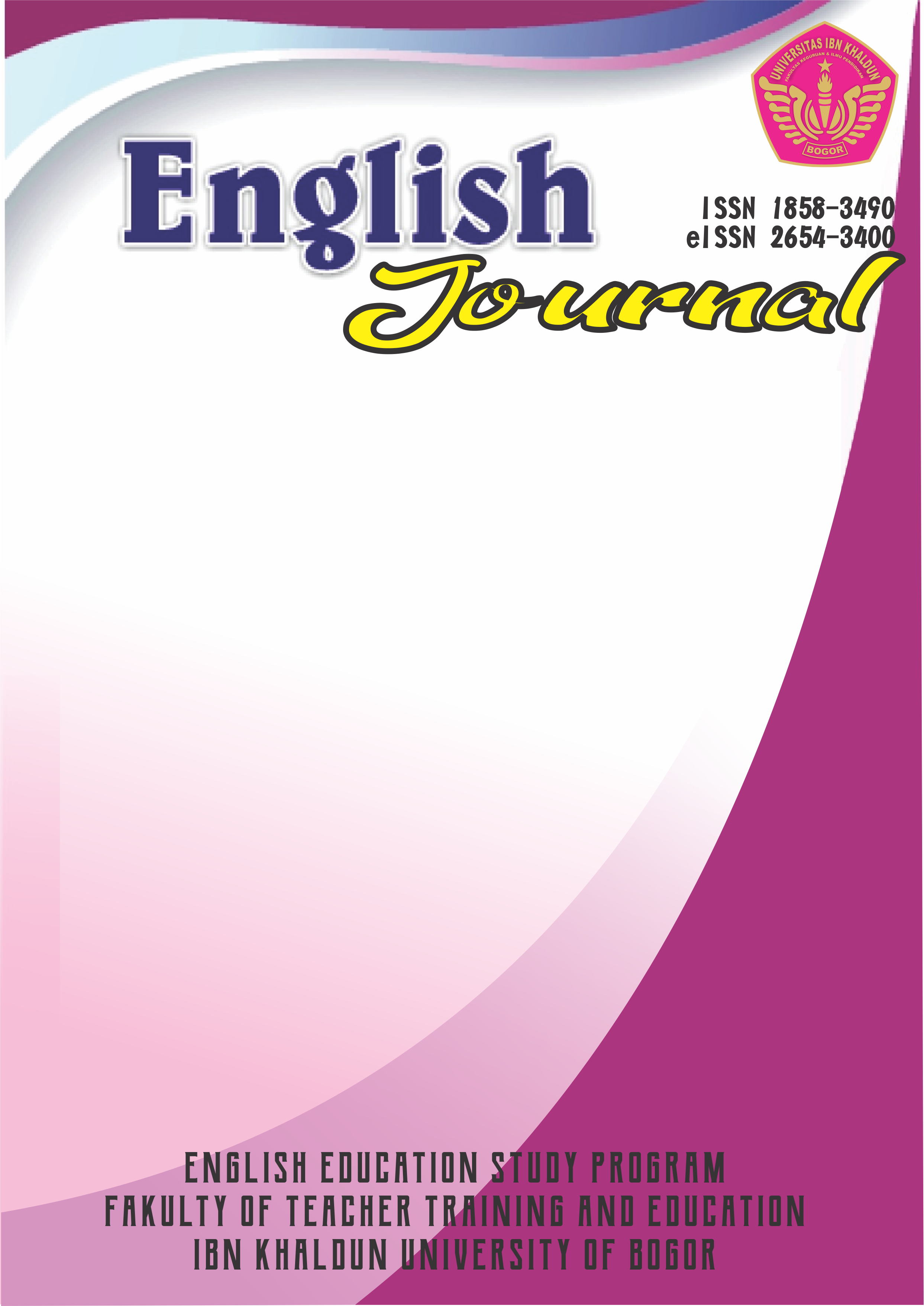USING TACHIYOMI METHOD IN TEACHING ENGLISH READING FOR VOCATIONAL STUDENT
DOI:
https://doi.org/10.32832/english.v12i1.3766Abstract
Teaching English for Vocational School, especially teaching reading is not easy. The teachers have to deal with the students who have the different characteristics on the class. Reading is also the other problems for vocational students. They feel hard to read. Knowing the characteristics and factors that cause difficulty in reading for vocational students, the teachers have to poses creative and effective method to teach English for vocational student. In Japan, one of the methods for teaching English reading for vocational student is tachiyomi method. This research employed survey method to know the improvement of student English reading skill using tachiyomi method. From the test, it showed that the average of all aspect; main idea, specific information, reference, inference, and vocabulary in every meeting, in each cycle had improved. The result of the observation also showed that there were improvement of students' participations and students' attitudes in every meeting.References
Buehl, D.(2006). Classroom Strategies for Interactive Learning. 2nd edition. Newark, DE: IRA,---. "Magnet Summaries.” WiLearns.
Davidson. (2011). Map and Compass. Downloaded at: http://www.map-reading.com/Chap6.php
Denscombe, M, 2004, The Good Research Guide for small-scale social research, 2nd edition, Open University Press.
Djamarah, S., and Zain, A. (1996). Strategi Belajar Mengajar, jakarta: Rineka Cipta.
Duke, N.K. & Pearson, D. (2002). Effective Practices for Developing Reading
Comprehension. In a A.E. Farstrup & S.J Samuel (Eds).
Elkins, H. (2005), "Ideas and Strategies for Teaching in the Content Areas.” Bloomington, IN: Indiana University,Department of Language Education.
Enni Erawati Saragih and Rizka Oktavia B,” The Effect of Reading Strategies on the Students' Reading Comprehension in Recount Text” 2016
Frank, S. (2004). Understanding Reading (Six Edition). New Jersey: Kathryn Houghtaling Lacey
Harmer, J. (1998). How to teach English, Cambridge; Pearson Longman: Oxford University Press.
Jackson, SL, 2011, Research Methods and Statistics: A Critical Approach, 4th edition, Cengage Learning
Jones, R.C.(2005) "Reciprocal Teaching.” ReadingQuest.org: Making Sense in Social Studies.
Jones, R. (2006). "Summarizing.” ReadingQuest.org: Making Sense in Social Studies. Curry School of Education, University of Virginia, Charlottesville, VA.
Lewis, S.J., and Sisk, (1963). Teaching English, New York; American Book Company.
Morelillio, J. (2007). Collaborative Strategies for teaching reading comprehension. American Library Association, Chicago
Porte, G.K. (2002). Appraising Research in Secomd Language Learning: a partical approach to critical analysis of quantitative research. Amsterdam, John Benjamin B.V
Sugiyono, (2009). Statistika Untuk Penelitian, Bandung Alfabeta.
Yudhantoro, E. (2010). Rangkuman Bhs.Inggris SMA/Elang Yudhantoro. Jakarta

















1.png)




